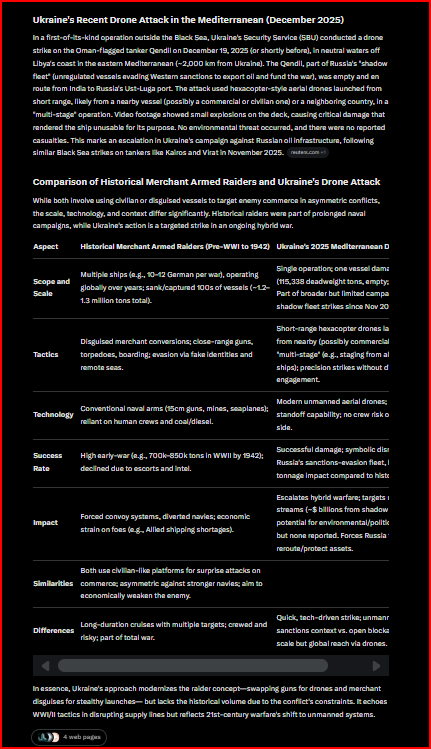This thread is going to discuss what the loss by capture of Russian Army Pantsyr S1/S2 / SA-22 (pictured below), 2S6 Tunguska / SA-19, Osa AKM / SA-8B, Tor M2 / SA-15, Strela 10 / SA-13 means for the Russian invasion of Ukraine going forward. Its bad🧵
1/
1/
https://twitter.com/TrentTelenko/status/1499164245250002944
...for the Russians and particularly the Russian Air Force.
BTW, that list of captured Russian Army short range air defense (SHORAD) gear comes from this link to all the documented equipment losses in the war to date.
2/
oryxspioenkop.com/2022/02/attack…
BTW, that list of captured Russian Army short range air defense (SHORAD) gear comes from this link to all the documented equipment losses in the war to date.
2/
oryxspioenkop.com/2022/02/attack…
This is a Russian Army TOR M2 surface-to-air missile complex that was captured intact by Ukrainian farmers.
You can be certain that the Ukrainian SF have showed up with technical experts to rape it's technical information for the UAF.
3/
You can be certain that the Ukrainian SF have showed up with technical experts to rape it's technical information for the UAF.
3/
https://twitter.com/RALee85/status/1499029679843549188
I am part of a group weblog called Chicagoboyz where I've posted updates on the Latest Russian
Invasion of Ukraine twice.
One of the people in the second post commented on the huge implications for Russian communications security (COMSEC) & Identification Friend or Foe (IFF)
4/


Invasion of Ukraine twice.
One of the people in the second post commented on the huge implications for Russian communications security (COMSEC) & Identification Friend or Foe (IFF)
4/
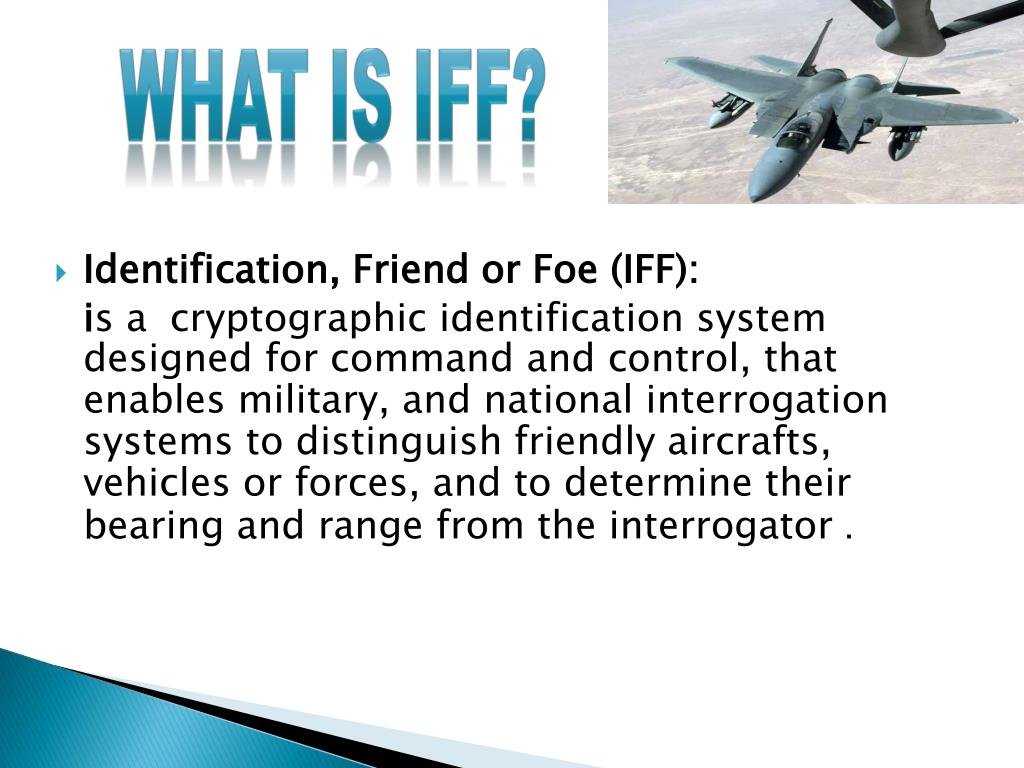
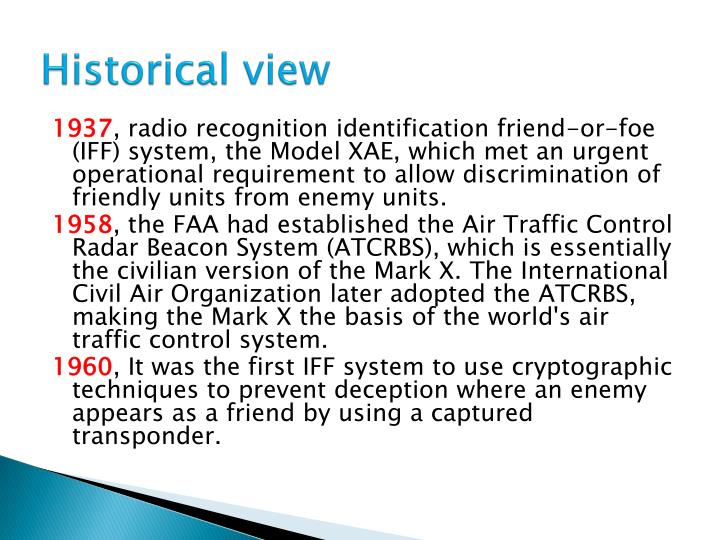
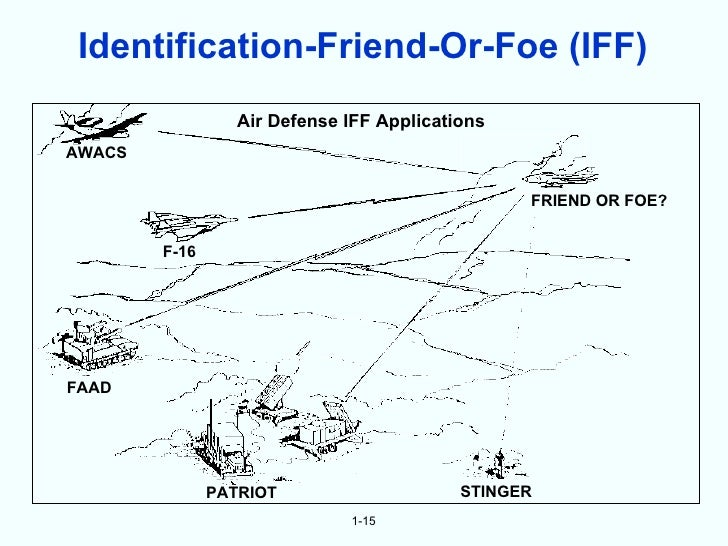
Modern IFF is part coded digital radio, part radar and part air traffic control beacon.
Each piece of IFF gear has a list of codes that are used at predetermined & programed intervals.
In wartime these are changed one or more times a day.
5/

Each piece of IFF gear has a list of codes that are used at predetermined & programed intervals.
In wartime these are changed one or more times a day.
5/

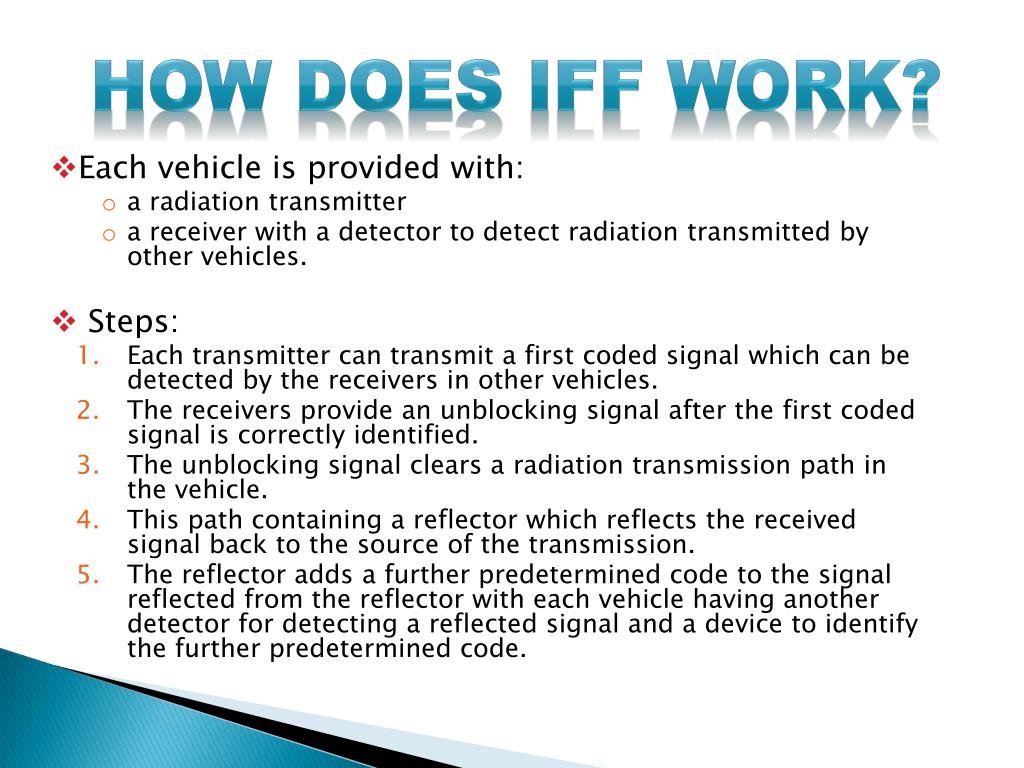
The compromise of Russian IFF answers the question everyone have been asking -- "Where is the Russian Air Force."
See:
"The United States estimates that Russia is using just over 75 aircraft in its Ukraine invasion, the senior U.S. official said."
6/
msn.com/en-gb/news/wor…
See:
"The United States estimates that Russia is using just over 75 aircraft in its Ukraine invasion, the senior U.S. official said."
6/
msn.com/en-gb/news/wor…
The failure to destroy these missile complexes & their abandonment in operational condition means the Ukrainians have both those IFF codes & remote ports into the Russian air defense computer networks.
Short form: Ukraine can hack Russian integrated air defense systems(IADS).7/
Short form: Ukraine can hack Russian integrated air defense systems(IADS).7/
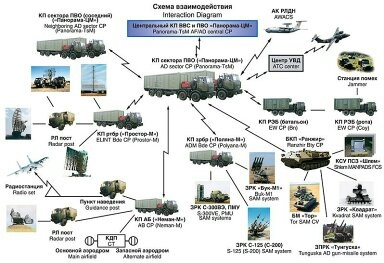
This is a Chicagoboyz comment specifically detailing how badly hurt the Russians were by the abandonment of an intact Pantsir air defense vehicle by "Kirk," who is ex-US military & hangs out in the comment sections there:
8/
chicagoboyz.net/archives/67311…
8/
chicagoboyz.net/archives/67311…
The Russian sorties after the 3rd day of the war have switched into set piece assaults on to Ukrainian civilian infrastructure after trying to hit Ukrainian mobile forces, particularly in the south.
9/
https://twitter.com/olehbatkovych/status/1499370704621473798
9/
This would be consistent with a compromised air defense network where the Russians have to do a ponderous "deconfliction" process to make sure Russian ground-to-air missiles don't target their own strike aircraft.
10/

10/
https://twitter.com/societyimprover/status/1499393767987507208
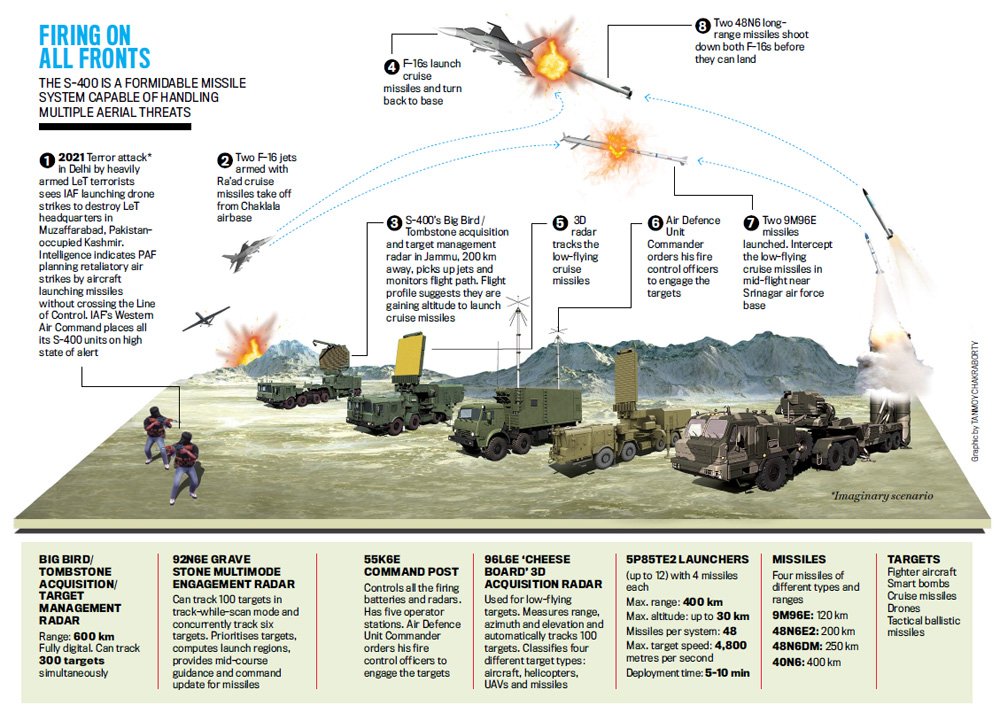
Additionally, the UAF possession of Russian IFF code settings for the operation means their radars can trigger Russian IFF at extreme distances outside skin-paint radar range for tracking.
In essence, the Ukrainians can engage in aerial "doxing" of Russian aircraft.
11/
In essence, the Ukrainians can engage in aerial "doxing" of Russian aircraft.
11/
The Ukrainian Air Force does not have A-50 AWACS radar tracking planes like the RuAF, but being able to Dox Russian aircraft IFF is almost as good.
12/End
12/End
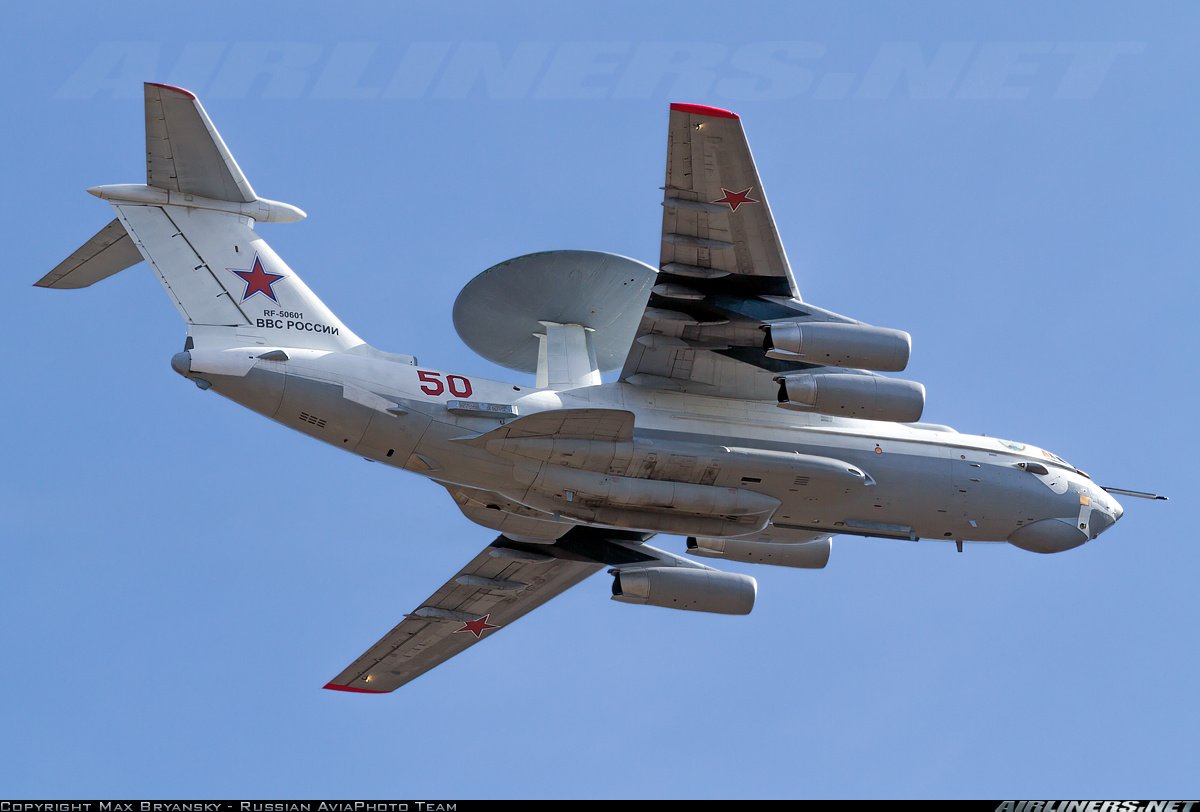
@threadreaderapp unroll please
• • •
Missing some Tweet in this thread? You can try to
force a refresh




